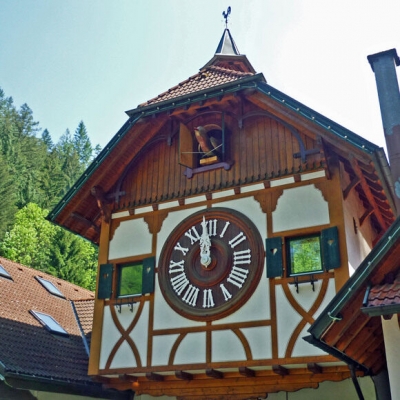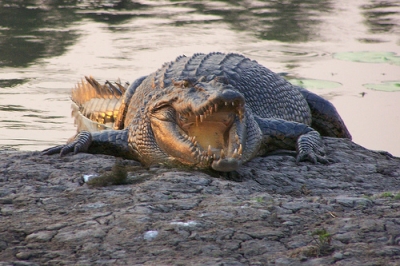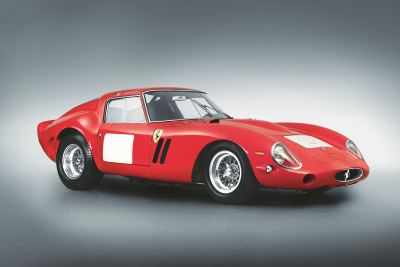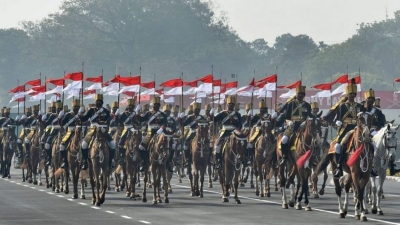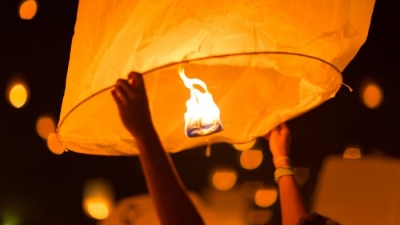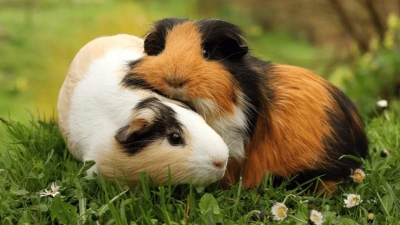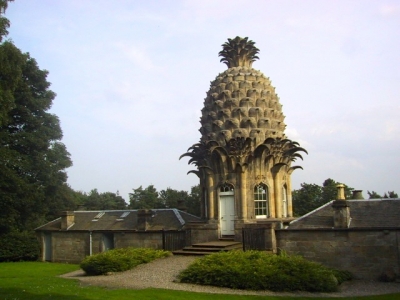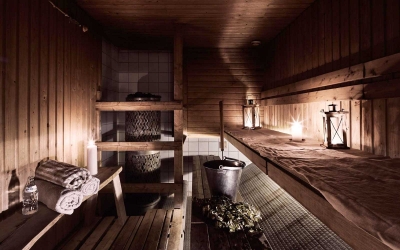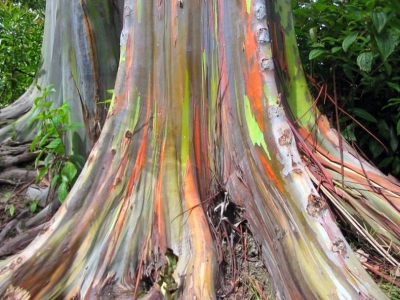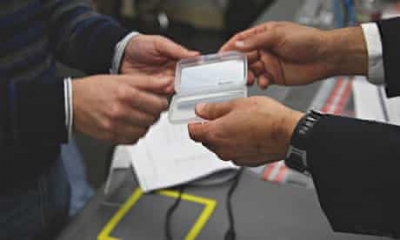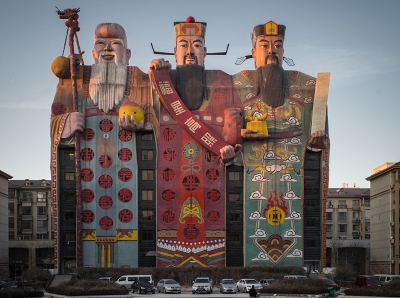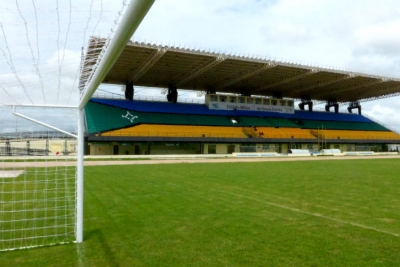What is the per capita income of Monaco?
The Mediterranean principality of Monaco has the highest number of millionaires per capita. One in every three people is a millionaire. It has the highest population density of any country in the world with an area of 2.02 sq km and a population of about 38,400. It boasts a reputation as a tax haven and playground for the world's super rich.
Monaco’s reputation as a tax haven for billionaires has been emphasised by the continuing furore over Tina Green, wife of the controversial former BHS boss Phillip Green, who has been resident in the principality since 1998. The Greens say the companies behind their retail empire are based in offshore locations because of their “strong regulation”, and not for tax reasons.
Investment bank Credit Suisse, in its annual research into global wealth last last year, said that in inequality is growing worldwide, with half the planet’s wealth now in the hands of just 1% of the population.
The middle classes have been squeezed at the expense of the very rich, according to the research, which also found that for the first time, there were more individuals in the middle class in China – 109 million – than the 92 million in the US.
At the start of 2015, Oxfam had warned that 1% of the world’s population would own more wealth than the other 99% by the end of 2016.
Credit : The Guardian
Picture Credit : Google
